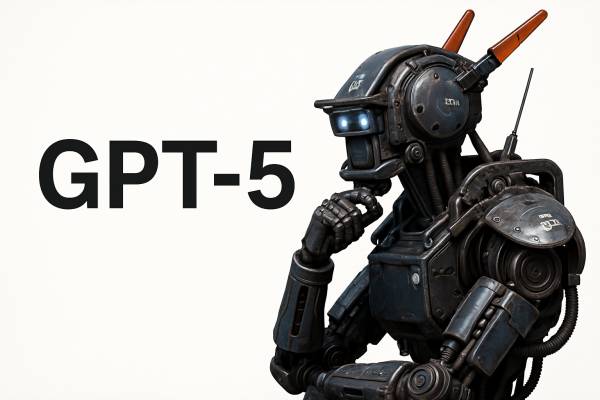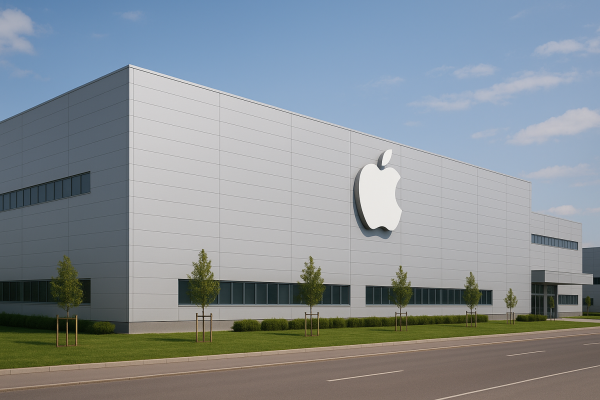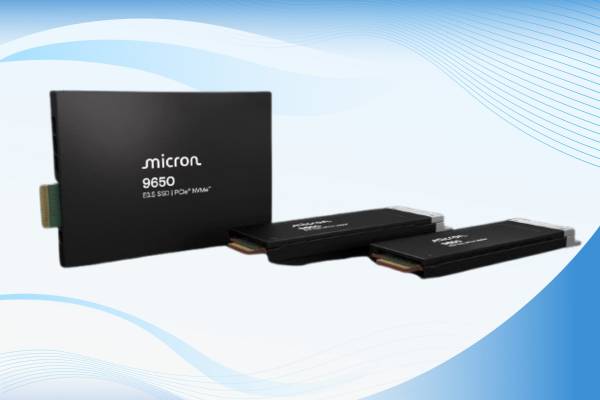When it comes to large language models, much attention is given to the intense competition between the U.S. and China, while European models receive far less recognition. One reason for this is that, unfortunately, Europe lags behind in the IT sector. However, there are some noteworthy initiatives on the continent. One such example is Mistral AI, a Paris-based French startup founded in 2023 by Arthur Mensch, Guillaume Lample, and Timothée Lacroix. The founders gained professional experience at Google DeepMind and Meta before setting out to create an AI company capable of competing with U.S.-based firms and putting Europe on the AI map.
Since its inception, Mistral AI has made significant strides in the field of artificial intelligence. The company specializes in developing advanced Large Language Models (LLMs) and offers both general-purpose and specialized AI solutions. Mistral AI stands out in the market due to its commitment to open-source principles and resource-efficient models.
On the international stage, Mistral AI has demonstrated impressive growth. The company has raised more than €1 billion in less than a year and was valued at €5.8 billion in its latest Series B funding round—the highest valuation for an AI startup in Europe. Mistral AI has also expanded beyond Europe, establishing a team in the U.S. and planning to open an office in Singapore.

Mistral AI's models, including Mistral 7B and Mistral 8x7B, are known for their multilingual capabilities and coding proficiency. Notably, the Mistral 8x7B model supports a 32K context window and is fluent in English, French, Italian, German, Spanish, and various programming languages. Like ChatGPT, Mistral also provides a free chat interface where users can try it out. In addition to text generation, the chat interface allows users to generate code and images or activate the "Web search" function for more up-to-date responses. However, it does not yet have a Deep Research feature. It's also worth mentioning that Mistral AI can generate high-quality images using the Flux Pro model, developed in collaboration with Black Forest Labs.
During testing, the model was initially reluctant to generate an image, insisting that I had not selected the image generation function. However, after some persistence, it finally acknowledged that I had pressed the "Image generation" button and completed the task.

The command I gave was: "Create a picture of an ultra-futuristic humanoid robot gazing in awe at the Mona Lisa in the Louvre." Although it ended up "robotizing" poor Mona Lisa, the result was quite impressive given the rather vague prompt.
Mistral AI's latest model, unveiled this week, is Mistral Saba, which focuses on the Arabic language and culture. Saba is a compact model with 24 billion parameters, designed to create business opportunities for Mistral in the Middle East. I asked one of my Arab friends to test it against ChatGPT. He explored topics related to Arabic philosophy and asked some IT-related questions in Arabic, and he seemed quite satisfied with the results. One thing he immediately pointed out was that ChatGPT tends to format Arabic text poorly, often aligning it from left to right in tables. Mistral, on the other hand, performed well in this aspect. Hopefully, he didn't generate anything inappropriate—I don't speak Arabic, so I just blindly shared the screenshots he sent me.


Although Mistral Saba was trained in Arabic, an interesting side effect is that it handles South Indian languages such as Tamil and Malayalam remarkably well. Hopefully, linguists and cultural anthropologists will take note of this and contribute new theories to our understanding of language models. In the meantime, the company plans to expand into additional regional languages, further broadening its business opportunities.



























